There are infinite equipotential lines all parallel to BC in a right angled triangular region ABC as shown in the figure. All the points on a line have the same potential proportional to the length of the line.
If EP, EQ & ER denote the electric field at P, Q and R, respectively, then
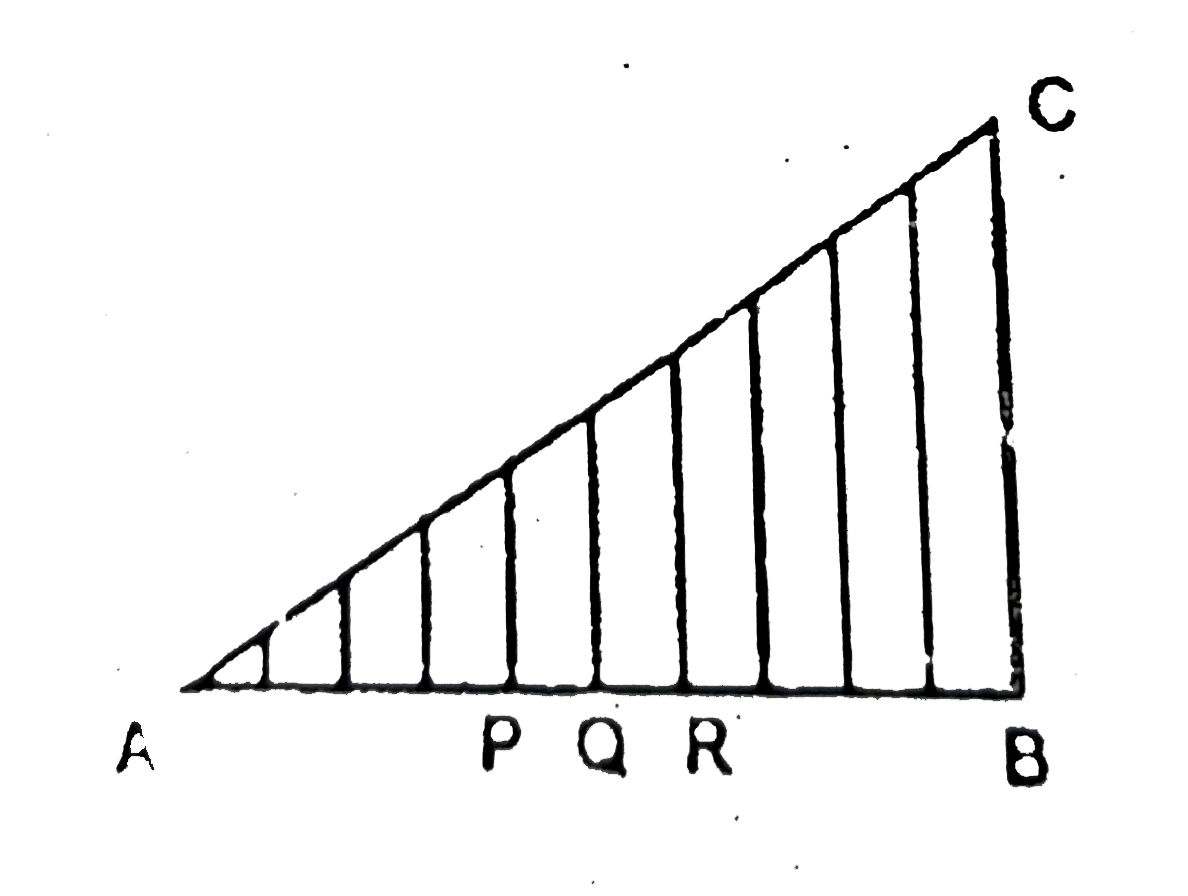
EP>EQ>ER
EP<EQ<ER
EP=EQ=ER
None of these
E=−dVdr⇒Ep=EQ=ER
Topper's Solved these Questions
- GMP ASSESMENTBook:FIITJEEChapter:GMP ASSESMENTExercise:Numerical Based
Explore 61 Videos
- GMP ASSESMENTBook:FIITJEEChapter:GMP ASSESMENTExercise:Multiple Question
Explore 58 Videos
- GENERAL PHYSICSBook:FIITJEEChapter:GENERAL PHYSICSExercise:MATRIX MATCH TYPE
Explore 3 Videos
- GRAVITATIONBook:FIITJEEChapter:GRAVITATIONExercise:Numerical based Question
Explore 2 Videos
Similar Questions
There are infinite equipotential lines all parallel to BC in a right angled triangular region ABC as shown in the figure. All the points on a line have the same potential proportional to the length of the line.
A positive charge is moved from A to B and C separately to do work. WA→B & WA→C, respectively, then
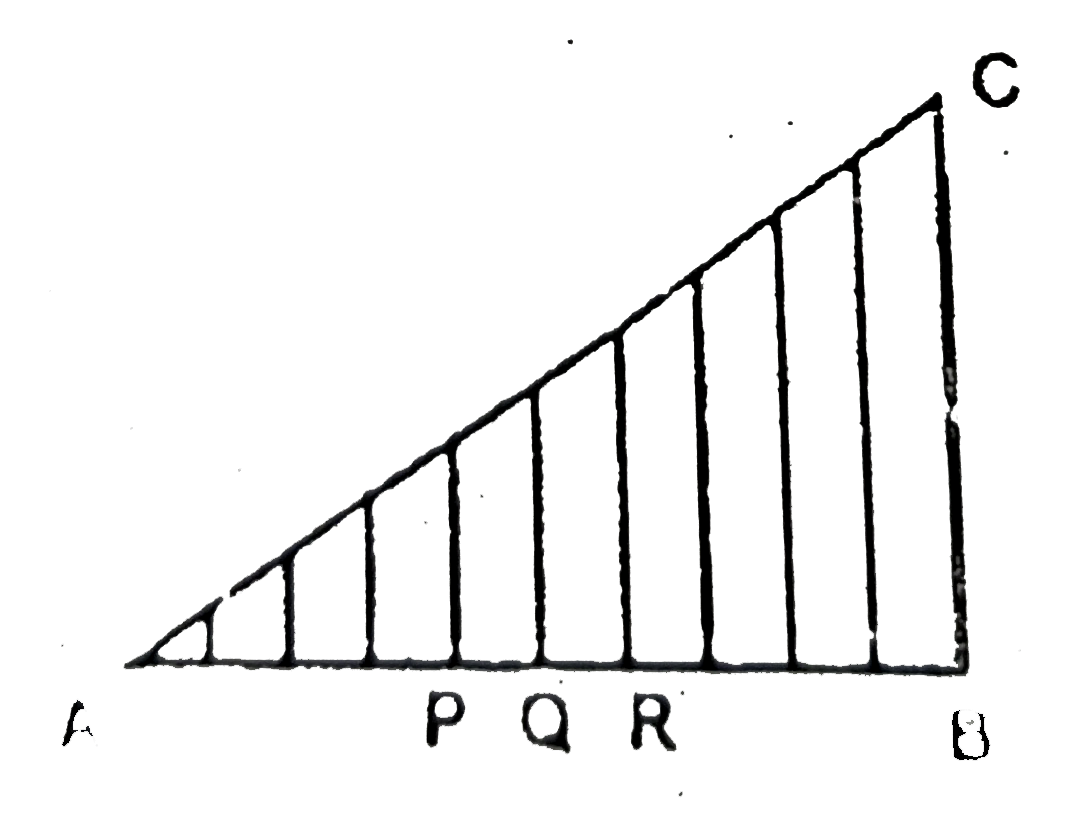
View SolutionThere are infinite equipotential lines all parallel to BC in a right angled triangular region ABC as shown in the figure. All the points on a line have the same potential proportional to the length of the line.
A positive charge is moved from A to B and C separately to do work. WA→B & WA→C, respectively, then

View Solution
Knowledge Check
There are infinite equipotential lines all parallel to BC in a right angled triangular region ABC as shown in the figure. All the points on a line have the same potential proportional to the length of the line.
A positive charge is moved from A to B and C separately to do work. WA→B & WA→C, respectively, then
 AWA→B>WA→CBWA→B<WA→CCWA→B=WA→CDnot predictable
AWA→B>WA→CBWA→B<WA→CCWA→B=WA→CDnot predictableElectric lines of force are as shown in the figure. Then potential at point P
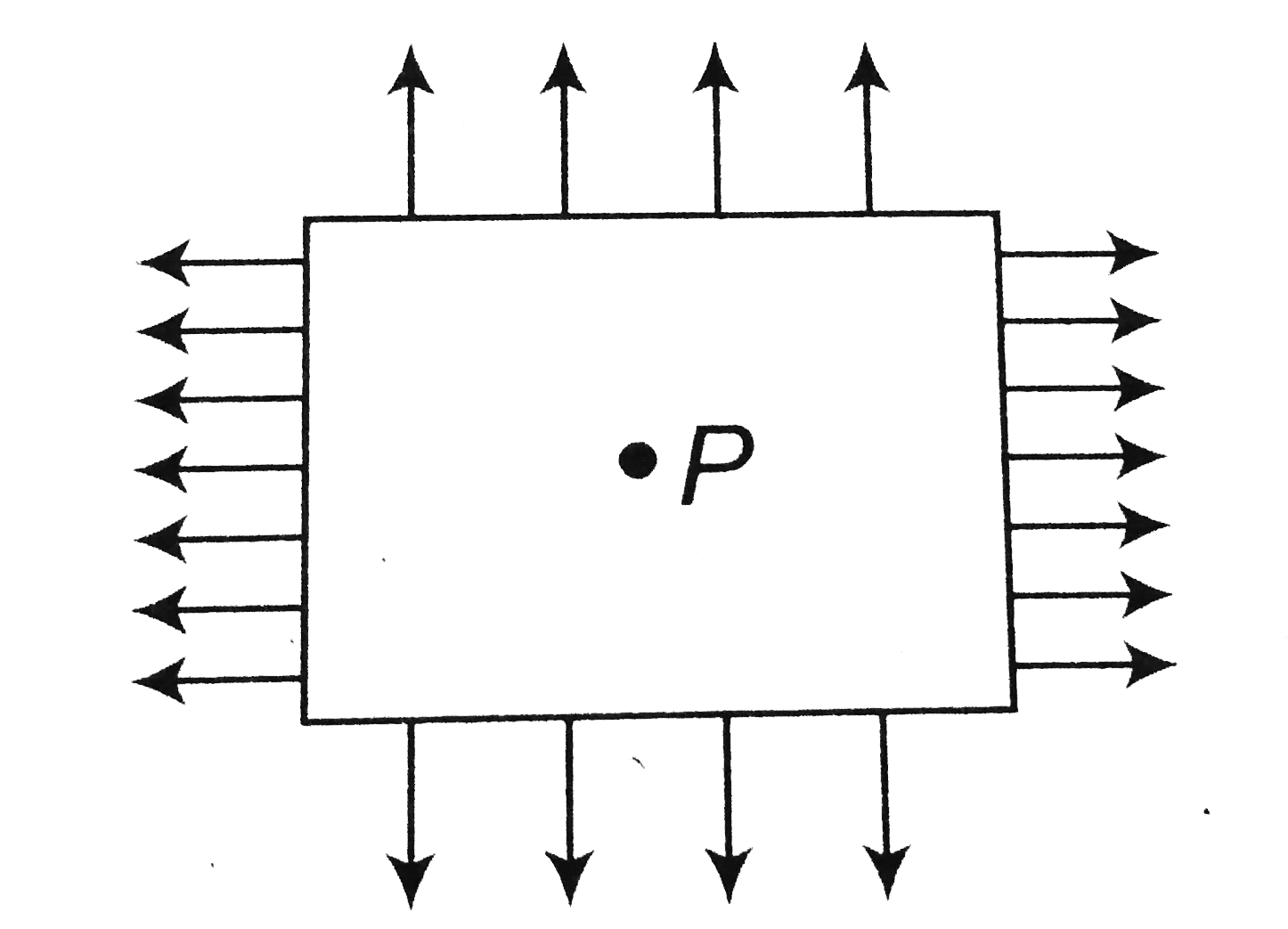 Ais zeroBis not zeroCmay be zero alsoDis not defined
Ais zeroBis not zeroCmay be zero alsoDis not definedSome equipotential lines are as shown is fig. E1,E2 and E3 are the electric fields at points 1, 2, and 3 then -
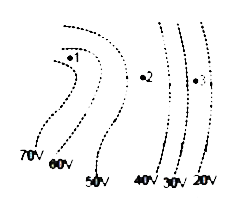 AE1=E2=E3BE1>E2>E3CE1>E2,E2<E3DE1<E2<E3
AE1=E2=E3BE1>E2>E3CE1>E2,E2<E3DE1<E2<E3
Electric lines of force are as shown in the figure. Then potential at point P

View SolutionFigure shows electric lines of force. If Ex and Ey are the magnitudes of electric field at points x and y respectively, then
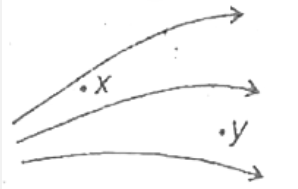
View SolutionElectric lines of force are as shown in the figure. Then potential at point P :
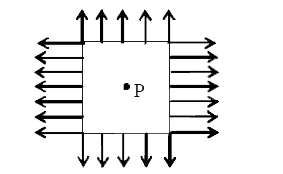
View SolutionThe figure shows electric field lines. If EA and EB are electric fields at A and B and distance AB is r, then
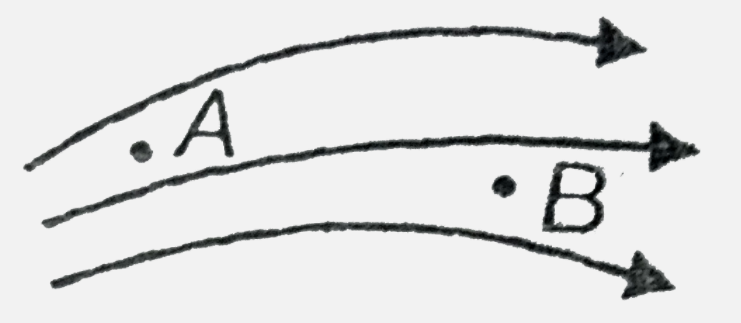
View SolutionThe figure shows electric field lines. If EA and EB are electric fields at A and B and distance AB is r, then

View Solution
